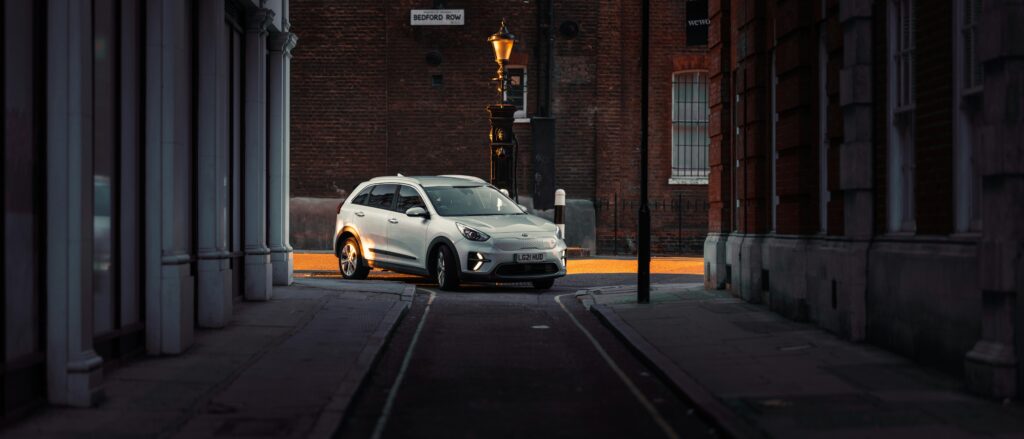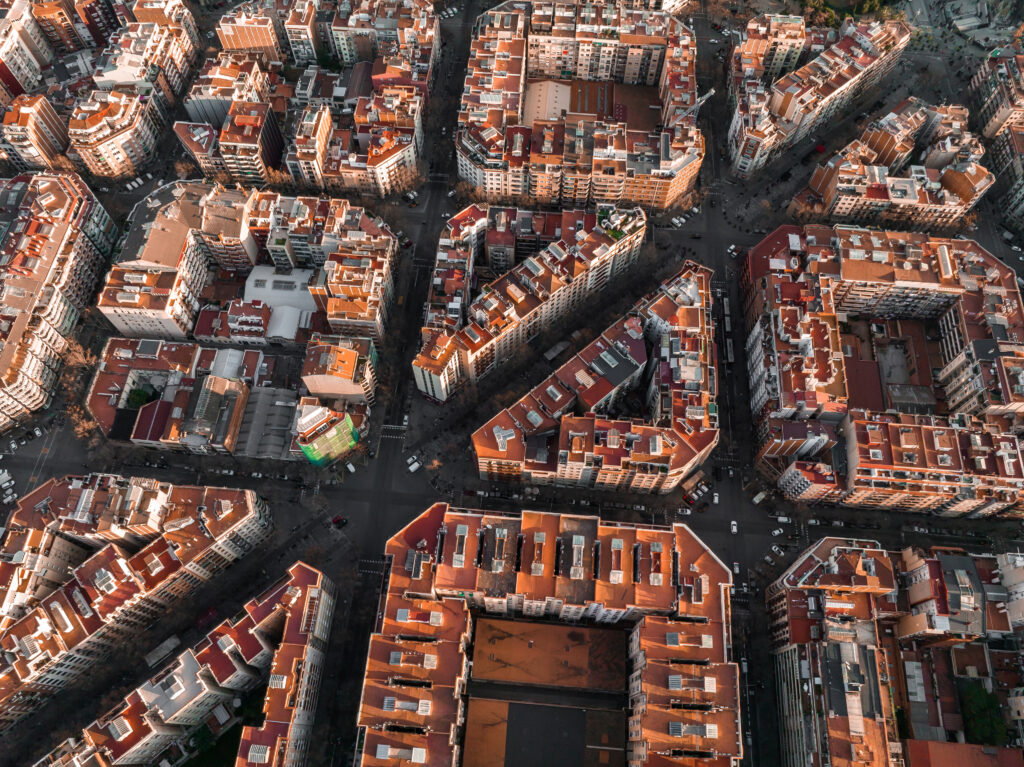Secure order and payment
15. 11. 2022
Here Is How To Get Dutch Number Plates For Imported Vehicles
Vehicle registration is an important part of moving to the Netherlands and driving publicly with your car.
If you are importing cars into the country, you are allowed only a short time to drive these vehicles which still have foreign numbers.
The Netherlands Vehicle Authority (RDW) is responsible for vehicle registration so you will need to apply there for your Dutch plate.
The registration requirements for imported cars from the EU or EFTA countries differ slightly from those from non-EU member states. This guide provides information on both registration types.
How Does The Dutch Car Registration System Work?
You have to meet the following conditions to be eligible to have your vehicle registered by the RDW. These requirements apply to both vehicles imported from EU countries and non-EU countries.
- You must be at least 18 years old.
- You must be registered with the Personal Records Database (Basisregistratie Personen).
- You must be available to bring the vehicle in person to the inspection centre.
- Your company must be located in the Netherlands if you want the vehicle registered in the business’ name.
If you have satisfied all the requirements, follow these steps to register your vehicle imported from a non-EU/ EFTA country:
- Apply for a Temporary Registration Number:
The temporary registration number is known as a “one-day registration number” and the RDW hands it out free of charge. This number allows you to drive from your home to the inspection venue. You can request this number while applying for an inspection date.
- Documents Submission:
After making an inspection appointment, here are the documents to come with on the assigned date:
- Original foreign vehicle registration certificate.
- Valid proof of identity such as a Dutch or foreign passport.
- Import documents not older than 12 months.
- A Certificate of Conformity (COC) that shows that the vehicle was built following EU type approval. You can get yours here with EUROCOC.
- After the Inspection
After submitting the documents and declaring the vehicle for taxation, you will go on to pay the required fees.
The RDW and tax administration will give their approval after which you receive a registration certificate, a registration code, and an APK report (technical inspection) if applicable.
For vehicles imported from EU/EFTA countries, you will also follow the steps above. Additionally, bring proof of your valid foreign vehicle approval so long as it was done where you registered the vehicle.
A Certificaat van Overeenstemming (COC) isn’t compulsory here but you will need to file a return of vehicle tax too.
How To Apply For Dutch Number Plates?
After receiving your registration certificate, take it to an approved registration plate manufacturer to make your Dutch number plate. You will need to provide proof of identity to collect the registration plates.
How Much For Dutch Car Registration?
Registration fees for Dutch vehicles depend on whether or not the vehicle was imported from an EU member country or not. Fees like payment for the registration certificate and for registration in a person’s name via the RDW are the same, costing €40.80 and €10.75 respectively
What Do Dutch Car Number Plates Look Like?
Dutch license plates have a yellow background, a black frame, and alphanumeric characters written in black. There is a blue area on the left containing the EU flag and ‘NL’, the country’s international code.
The plate measures 520 mm x 110 mm (20.5 inches x 4.3 inches) when it is elongated or 340 x 210 mm (13.4 inches x 8.3 inches) when rectangular.
Format Of Dutch Number Plates
Dutch plates take different formats depending on the type. The most common format consists of three groups of characters, including numbers and letters (e.g; NB-001-B and L-001-BB). The letters and numbers are issued in alphabetical and numerical orders.
The characters on Dutch number plates indicate a vehicle’s registration year but carry no information about the car’s origin.
What Types Of Dutch License Plates Exist?
Different types of Dutch plates exist including common license plates, export plates, transit plates, American license plates, and plates for historic vehicles. There are also dealer registration plates used during test drives and taxi number plates which are light blue.
Dutch Custom Number Plates
The characters making up a Dutch license plate are assigned following a strict numerical/ alphabetical order. Hence, personalization is not allowed.












